Outforia Quicktake: Key Takeaways
- Bats are not blind and have excellent eyesight, especially in low light conditions.
- Many bat species use echolocation to find and target prey, emitting sounds up to 140 decibels.
- Bats also have magnetoreception, allowing them to sense Earth’s magnetic fields and use them for navigation.
- Only around 1% of bats carry diseases like rabies, and not all bats drink blood, only vampire bats do.
- Bats are more closely related to primates than rodents and can live up to 35 years.
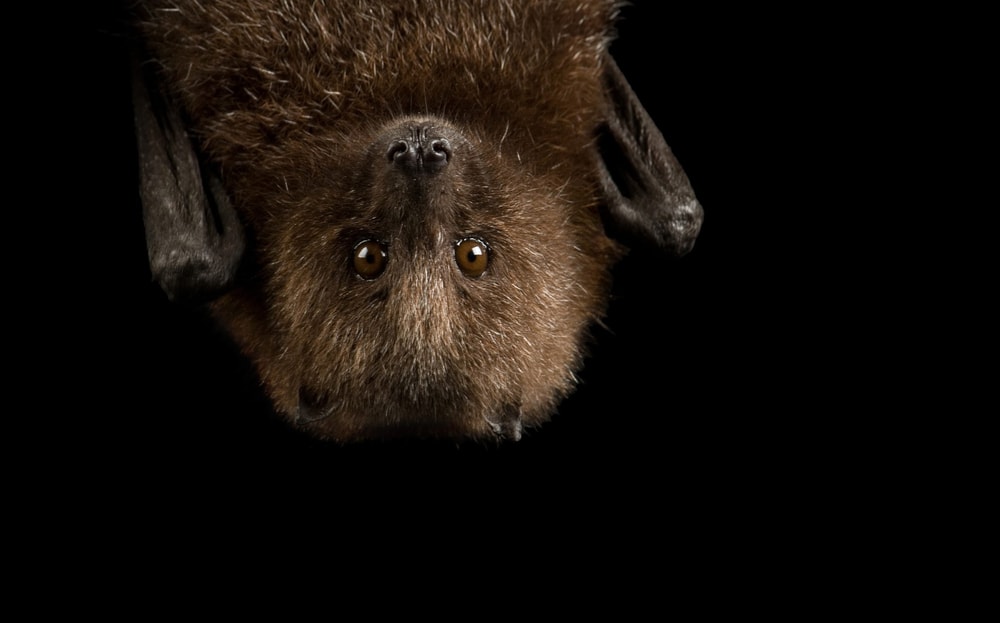
Everyone has heard the phrase “blind as a bat.” Usually, it’s said to describe someone with poor eyesight and needs thick glasses. But seriously, are bats blind? Or is the catchphrase nothing else but a myth?
We’ll be discussing whether bats have bad eyesight or not, how they navigate while flying, and how many bat species exist.

Share this image on your site
<a href="https://outforia.com/are-bats-blind/"><img style="width:100%;" src="https://outforia.com/wp-content/uploads/2022/10/are-bats-blind-infographic-683x1024.jpg"></a><br>are bats blind <a href="https://outforia.com">Outforia</a>What Is a Bat?
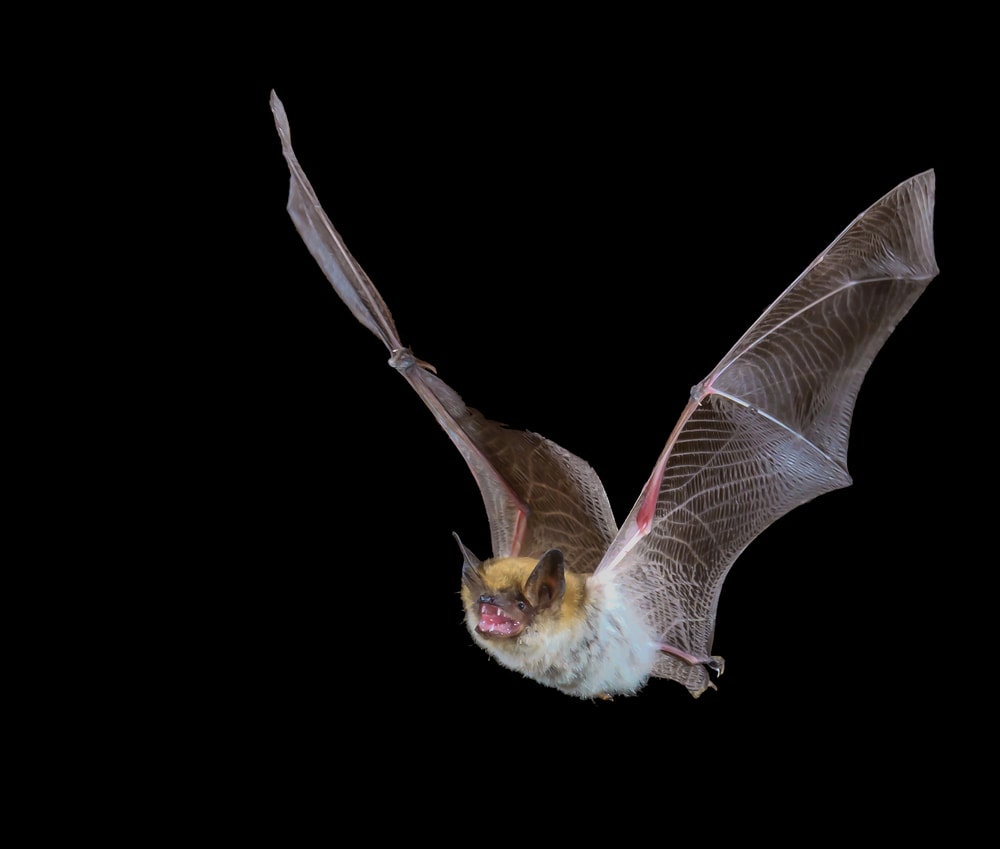
Bats are the only mammals in the world that are capable of flying. A few, like sugar gliders, can glide and jump, but bats are the only ones that can continually fly.
Bats can fly before their arms develop to become wings. Unlike birds, bats have no feathers. Instead, they have thin skin that stretches between their finger bones. Their wings are fairly large in comparison to their bodies.
Bat species make up around 20% of all known mammals. It’s one of the largest types of mammals, second only to rodents.
The majority of bats eat insects, fruit, or nectar. A few nightmarish creatures feed on other things. Vampire bats, for example, drink the blood of larger animals. While most species are nocturnal, bats have no problem flying around during the day.
The smallest bats can rest in the palm of a small child, while the largest have wingspans taller than an adult.
It’s a stereotype that bats live in caves and hang upside down, but for many species, it’s true. Others make their roosts on the top of tall trees. Most bats are social and sleep together in large colonies.
You can find bats on every continent except for Antarctica. The extremely cold regions of the world are the only ones bats don’t call home.
How Blind Are Bats?
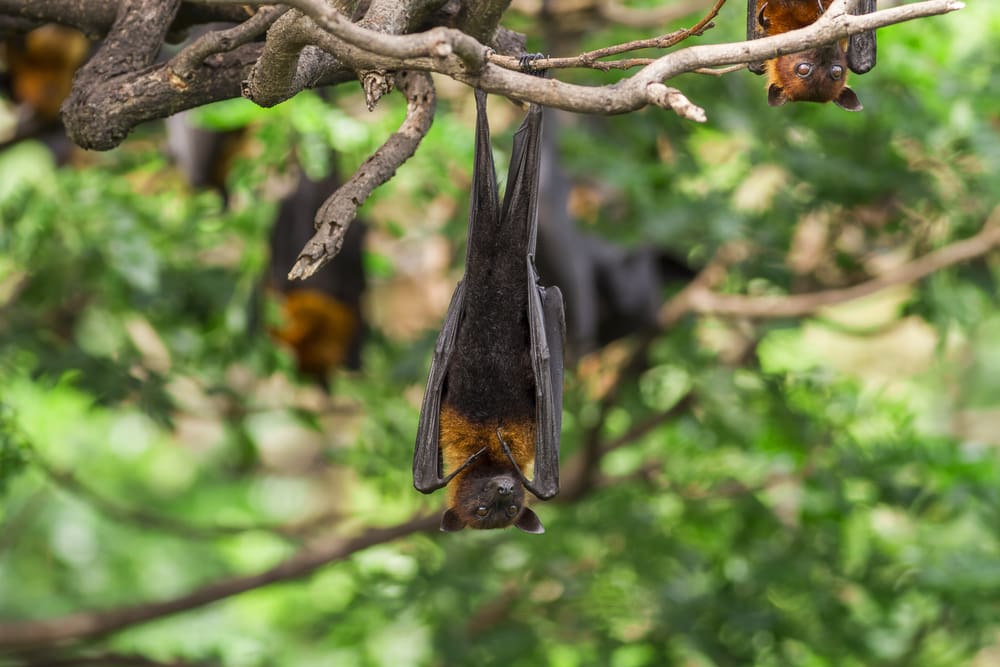
Bats aren’t blind at all. In fact, they have excellent eyesight and can see extremely well in low light conditions. It’s generally accepted that bats have better eyesight than humans do.
So, where does the phrase “blind as a bat” come from?
Bats are mainly nocturnal animals and don’t rely on their eyesight to locate prey (outside of fruit-eating bats). They also frequently fly into each other when they swarm out of a cave or hunt for insects.
Since bats have eyes tuned for low light levels, they can have a harder time seeing in full sunlight.
Despite all of this, their eyes are very good. But if they don’t rely on sight to locate prey, how do they target flying insects?
The answer is that many bat species rely on echolocation for finding and targeting prey.
Echolocation

Echolocation is how some animals sense things around them. In essence, they use sound to see instead of taking in light with their eyes.
That sounds complicated and supernatural, but echolocation makes a lot of sense. Animals like bats use echolocation to sense the sound waves that bounce off of objects around them.
They constantly emit a sound, and their brain creates a “picture” of their surroundings. It allows them to judge the position and distance of those objects and avoid or attack them.
Bats, dolphins, and whales species are some more well-known animals that rely on echolocation. All of these animals spend time in environments they can’t see well. Bats at night, dolphins in murky water, and whales in deep oceans where there is no light.
When thinking of echolocation, try to picture it like the 2003 film Daredevil portrayed. It helps it make more sense to our brains, which can’t echolocate. Though that’s only partly true. Humans who are completely blind have been observed to develop some form of echolocation.
Most of the sounds animals make to echolocate aren’t audible to humans. Most of them are incredibly loud, louder than jet engines. Fortunately, the frequency of the sounds isn’t something our eardrums can pick up.
Bats, in particular, have incredible echolocation skills. They emit noises up to 140 decibels. A single bat can detect a single insect up to 3.1 miles (5 km) away, judging its distance, position, and hardness. They can even avoid wires as small as human hair.
As they get close to prey, the bat’s echolocation gets cranked up to be even stronger. It helps them finetune right before it swoops for the kill.
To avoid deafening themselves, bats close off their middle ear while echolocating. In an instant, they can open it up and turn their hearing back on to listen for the bounce back.
Magnetoreception
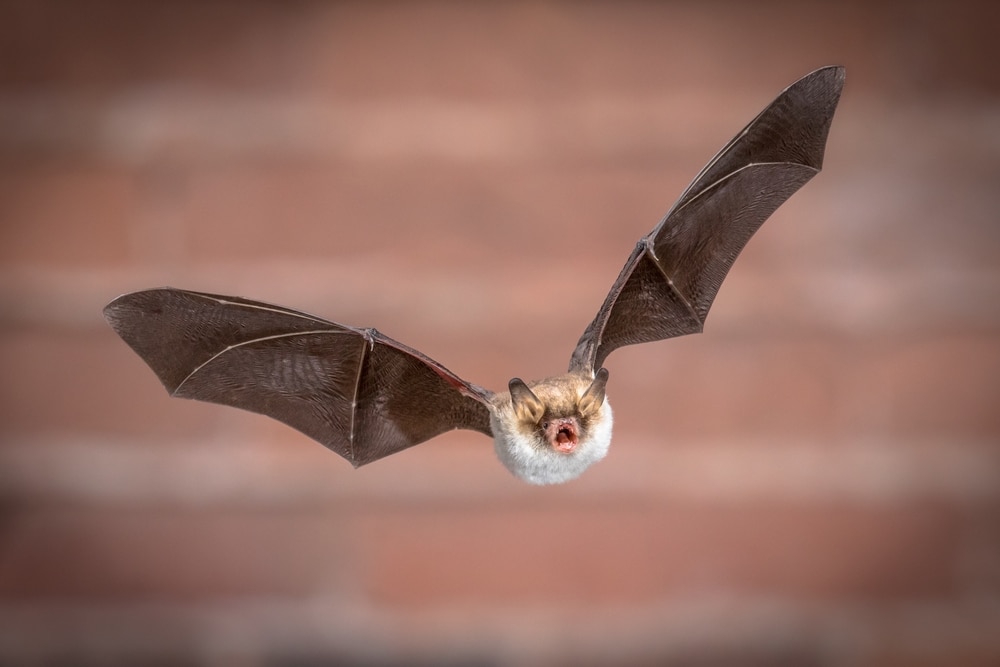
Bats also have another fascinating sense called magnetoreception. Like birds, they can sense the Earth’s magnetic fields and use them to navigate.
A bat’s version of magnetoreception is polar. This means they can differentiate north from south. But how does it work?
Inside a bat’s body is a magnetic substance known as magnetite. Many birds and mammals have this stuff inside their cells, but not all of them know how to use it.
In simple terms, the magnetic stuff in their body interacts with the Earth’s magnetic field, and the changes in energy as they face different directions tells them where they’re facing. It’s how bats navigate back to the same roost, no matter where you release them from.
You may also like : 28 Types Of Bats: The Cutest Bat Species (Names, Photos, And More)
Myths About Bats: True or False?
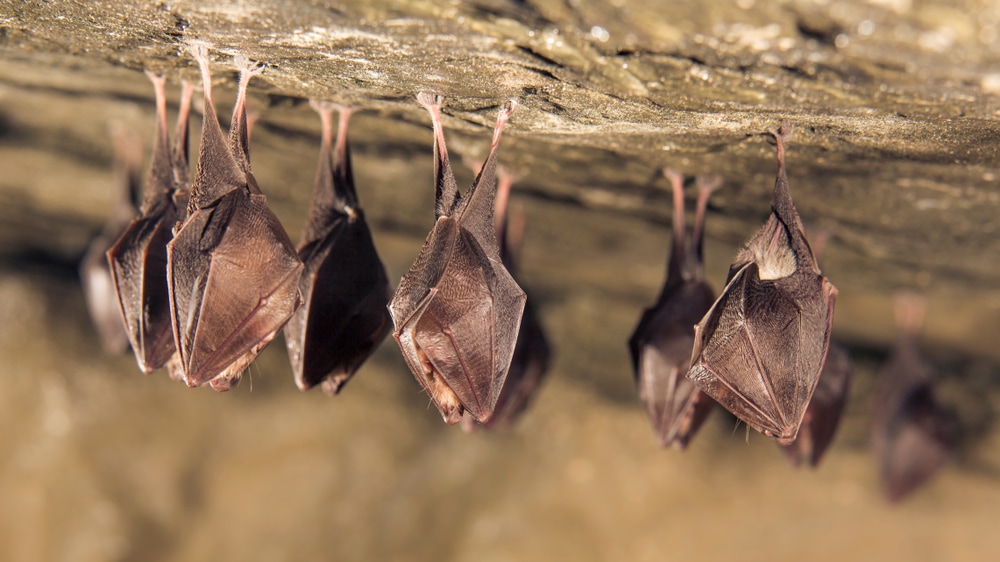
Bats Drink Blood

This myth is actually true, but not for most bats. The vampire bat feeds almost exclusively on blood. They’re natives of South and Central America and mostly prey on livestock like horses, cows, and pigs.
Instead of biting like a movie vampire, the bat uses its teeth to make a small cut on the victim. Then, they simply lap up the blood with their tongues. It’s a mostly painless process, and vampire bats are so light that they can feed on an animal without waking it up.
All Bats Carry Diseases

Bats are notorious for spreading diseases like rabies. Fortunately, only around 1% of bats carry the disease. Any cut or bite from a bat should be treated immediately, just in case. Rabies is 100% fatal if not treated before symptoms appear, but it is easily curable before then.
Bats Are Just Winged Mice

Bats might look like mice but are more closely related to primates. Despite being fairly small, bats can live for up to 35 years. Rats and mice have lifespans closer to one or two years. Bats also tend to have one baby at a time, whereas rodents have multiple.
You may also like: 225 Types Of Owls: Pictures, Facts And More
Are Bats Blind FAQs
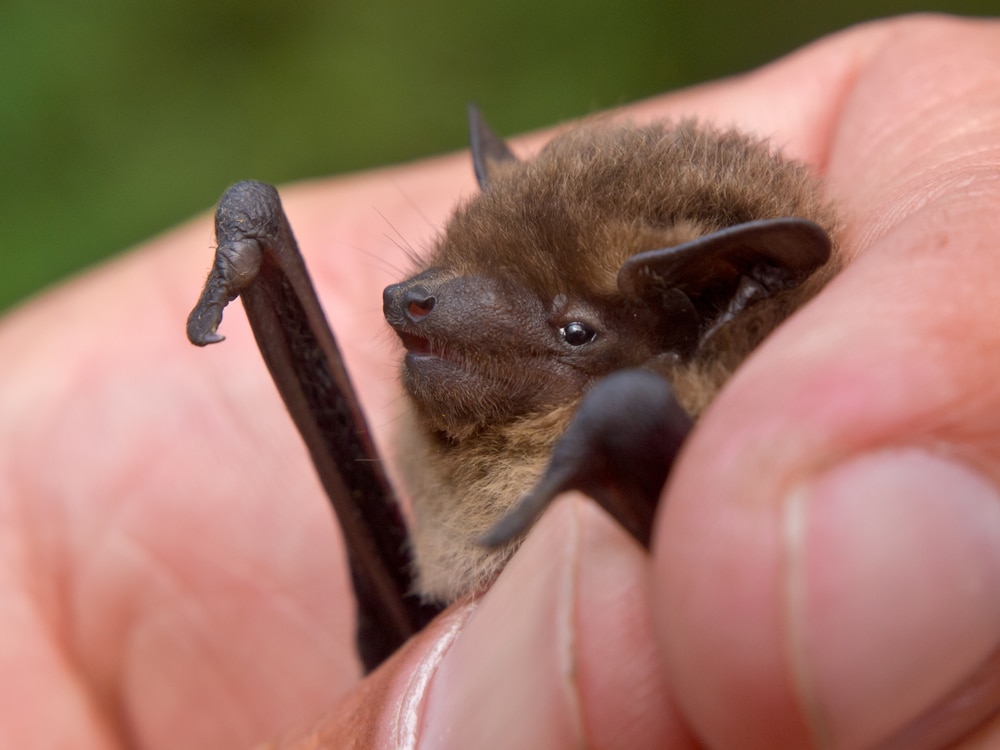
Are there any animals that are born blind?
There are plenty of animals that are born blind. Some animals are born blind and open their eyes after having time to grow a while. Other animals are completely blind because they don’t need to see.
Moles, salamanders, and shrimps are notable examples.
Why do bats fly at people’s heads?
Bats don’t fly at people’s heads. Some exciting and terrifying YouTube videos might make you think otherwise, but bats flying into people’s hair is completely an accident.
In most cases, bats are stuck in an enclosed space with a person. They’re either going after bugs flying around you or trying to fly away from you. Spooked bats will swarm out of their roost.
What colors do bats see?
A lot of bats don’t see in color at all. Their eyes lack the proteins necessary to distinguish colors. Not all of them have this problem, though. Many fruit-eating bats can still see some colors to help them locate fruits and determine their ripeness.
Can bats see through windows?
It’s not just windows. Bats have a hard time recognizing flat, smooth surfaces. To a bat, it looks like an opening. Their echolocation doesn’t give them good readings from it, either. So, bats can see windows, but it’s hard for them.
Do bats fly into each other?
Bats fly into each other all the time. At one point, it was assumed they never did, but researchers determined that assumption was false.
Bats move frantically while flying, whether they’re swarming from a roost or attacking an insect swarm. They usually need time to pinpoint things with echolocation, and flying in a large group doesn’t give them much.









